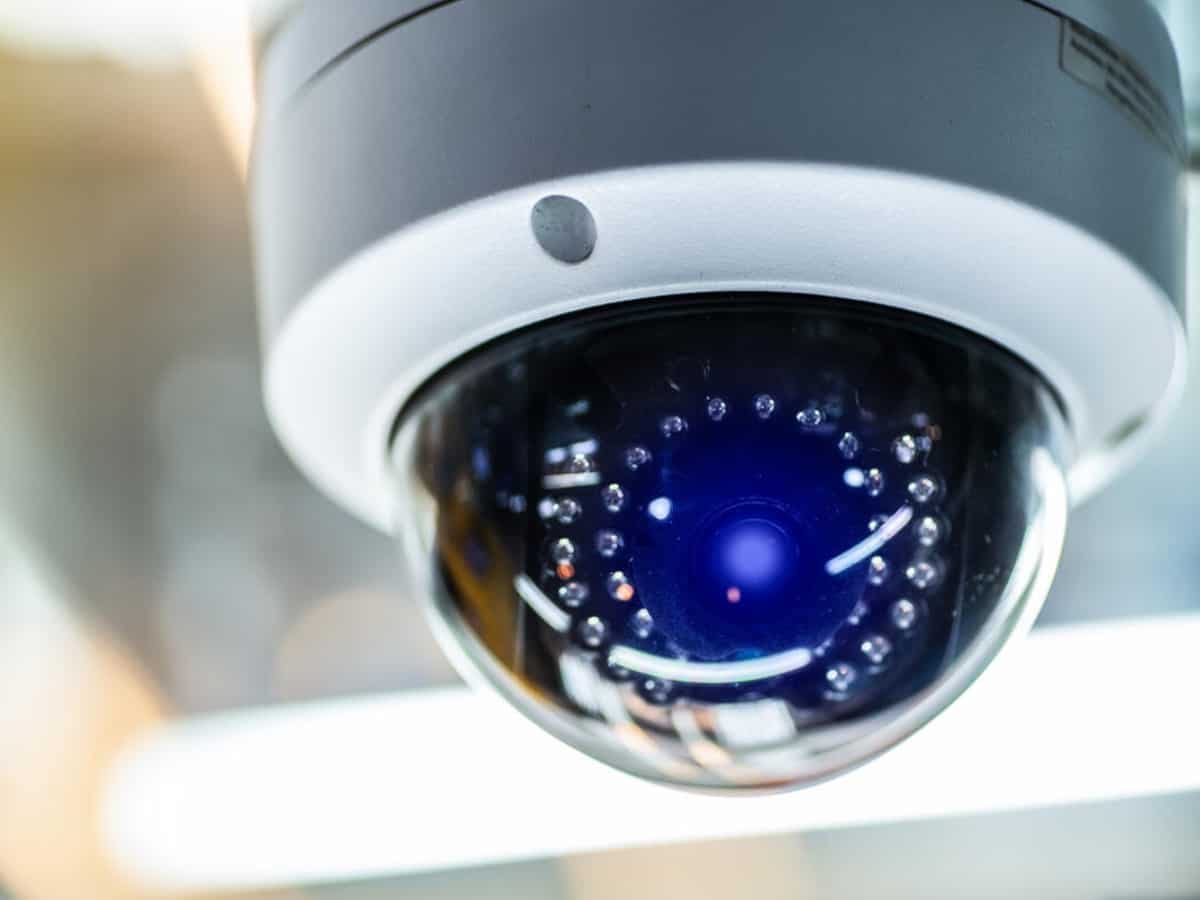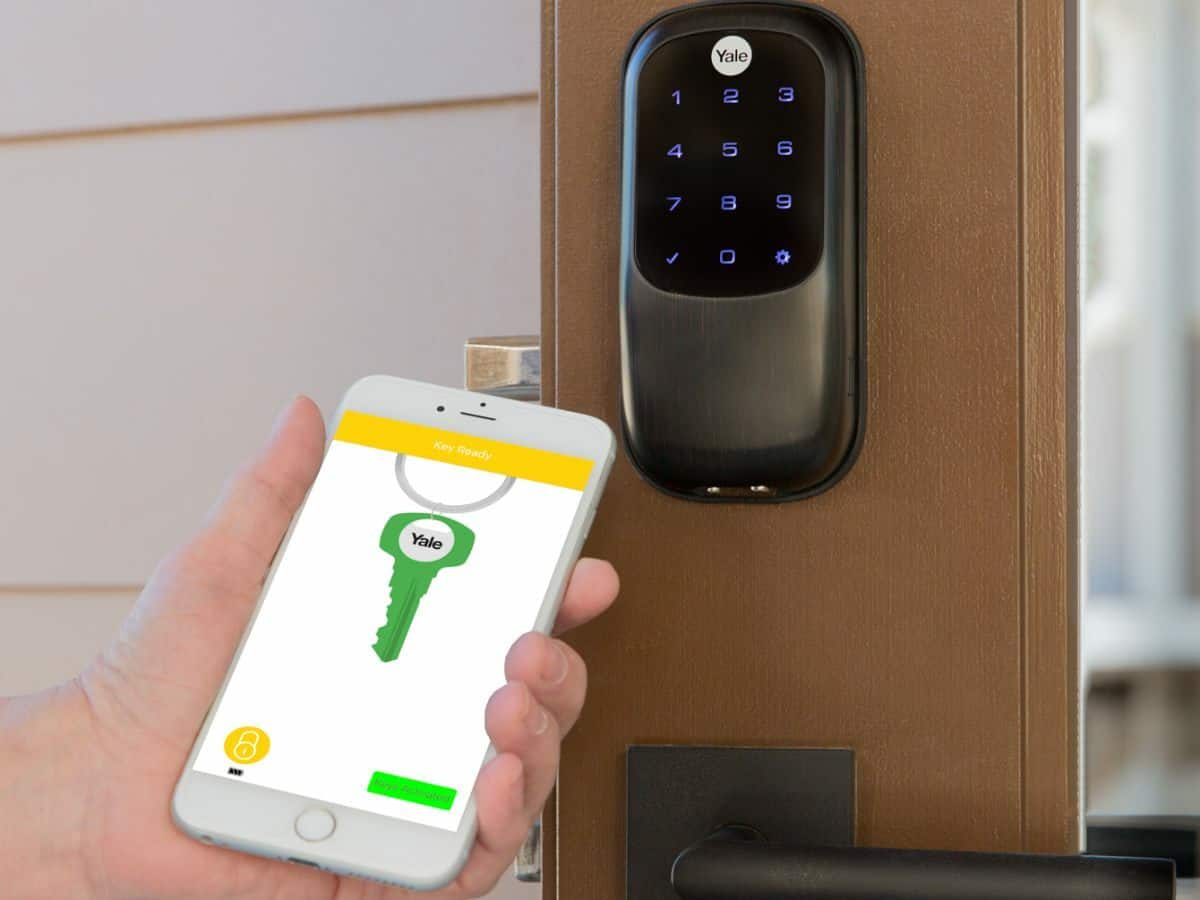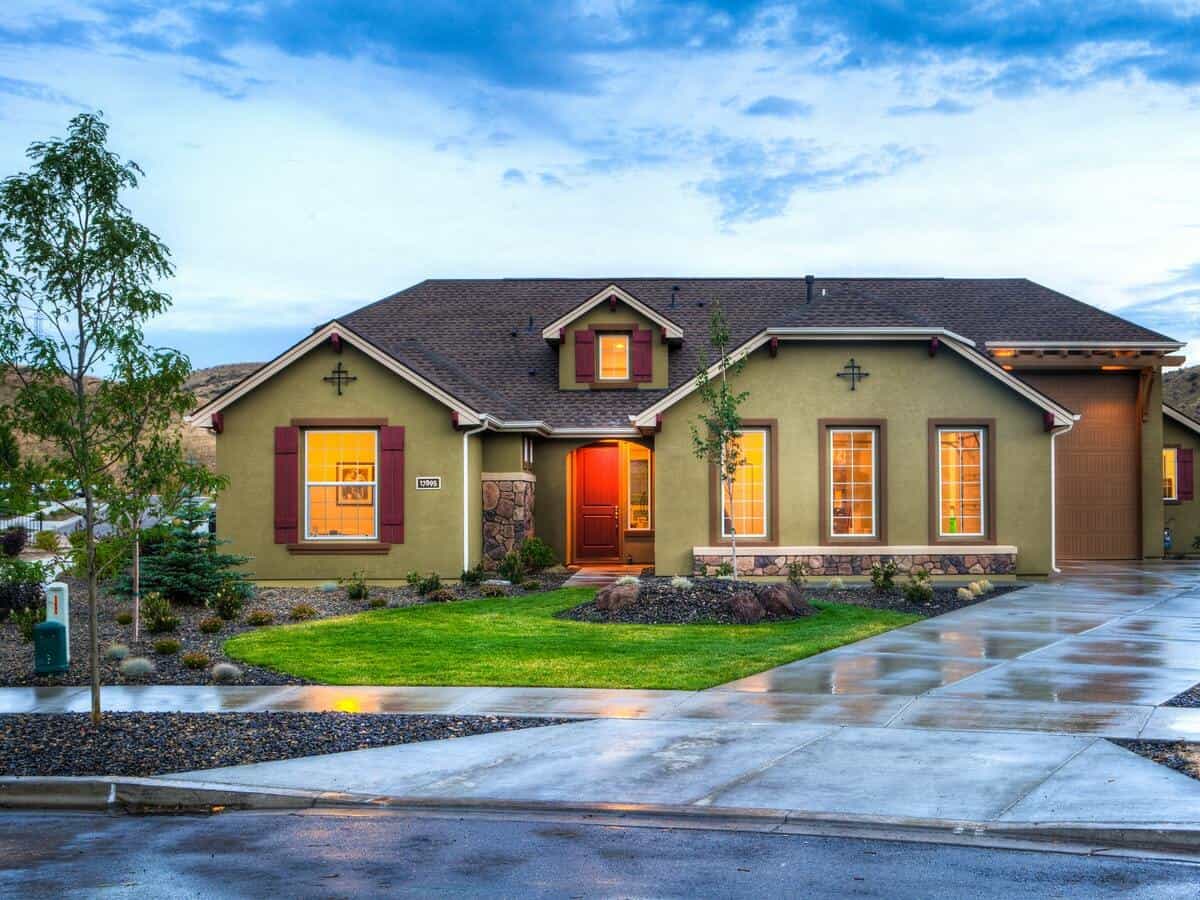Cellular security cameras meet several challenges in creating robust security. Some areas are not a good match for either wired or wireless security cameras. Outbuildings, large properties, RVs, boats, and similar situations create unique challenges for video. They are often too far from the home for wires or Wi-Fi to reach. Power may not be available. Here, a cellular security camera often excels.
What is a Cellular Security Camera?
In simple terms, a cellular security camera is a camera that operates on a cellular network. That means it sends video and audio footage on the same system you text and makes calls with. This provides many advantages over wireless or wired cameras.
What are the Key Benefits of a Cellular Security Camera?
- Hacking resistant. The cellular network reduces the vulnerability to hacking that wireless cameras have.
- Easy to install. With no wires means you can set these up with ease where you need them.
- Flexible positioning. With no wires or Wi-Fi range considerations, you can put these anywhere you get 3G/4G/5G access.
- Remote access. You can view, control, and communicate through your camera at a distance.
- Remote storage. Redundancy and off-site storage are valuable for security. Cellular cameras often feature both SD and cloud storage.
- Always up-to-date. Since they are always connected, cellular cameras enjoy live over-the-air software updates.
How Does a Cellular Security Camera Work?
These cameras use a 3G, 4G, or 5G mobile signal to send and receive data. If you can use a cell phone to text or call in the area, you can use a cellular security camera. These cameras use battery or solar power. That means you can use them in places where there is no available power. This makes them ideal for large properties, outbuildings, RVs, and boats. Any place you want to keep an eye on that’s awkward for traditional security cameras.

What Other Security Components Are Needed With a Cellular Security Camera?
Unlike many security systems, only need a mobile SIM card to use a cellular security camera. The network itself handles all the rest. You can manage your camera with your cell phone. You can access and watch your feed there as well. and a cell phone or email address to use your security camera. Since most of these cameras have both an SD card and cloud storage, you don’t need a central hub to store your data.
While cellular security cameras can work alone, they also work well in a team. Usually, they pair with your smart home devices and can connect to other security components for robust coverage.
A Deeper Look at a Cellular Security Camera
For a good example of what cellular security cameras can offer, let’s look at the Arlo Go. This camera requires no cords to install and is weather resistant. It has an IP65 rating. This means it has the highest level of dust protection and can survive direct rainfall without damage. It can survive temperatures as low as -4 degrees F and as high as 113 degrees F (-20 to 45 degrees C). The camera has a 130-degree wide-angle lens and uses night vision.
It can trigger automatic recording with motion or audio detection. Triggers can send push alerts or emails to the connected account. With 2-way audio, you can communicate with whoever shows up on your property using your cell phone. Any collected footage is stored on the cloud and the SD card. It also pairs with smart devices like Alexa and Google Assistant, among others. To use this camera, you need a mobile SIM card with active service.
What Are the Other Types of Security Cameras?
While handy, cellular security cameras are not one size fits all. In some cases, you are better served by a wireless or hardwired camera. So what’s the difference between the different types of security cameras available?
Wireless Security Cameras
Wireless security cameras are common components in home security systems. They use Wi-Fi to send video feed data back to a smart device or control panel. Because they do not need running wires, they offer a lot more choice when it comes to where they can be placed. These are often less expensive than either cellular or traditional hardwired security cameras. They also need their power source. Wireless cameras use either solar power, for exterior cameras, or battery power. If your camera uses batteries, you’ll need to remember to replace them as needed. They are also limited by the range of the wireless network. Wireless cameras are also vulnerable to hacking.
Wired Security Cameras
Traditional hardwired security cameras send video and audio signals along with cables to a central hub that stores the footage for later review. Access your footage and live feeds remotely through your mobile app. They can either plugin or receive power over the cable that connects them to the hub. This is referring to the Power over Ethernet (PoE). However, if you’re experiencing a power outage, you may lose video coverage. The cameras offer a clear, strong video signal that is reliable and cannot be hacked. However, they need long runs of cable that must be hidden and are a permanent addition to the home so are not suitable for those who are renting. Remember, there’s a limitation on the number of cameras. This number’s depending on the number of jacks on your central DVR hub.
Doorbell Security Cameras
Doorbell cameras are highly sought after and for good reason. Whether home or not, you get a clear view of anyone who approaches your home and can interact with them through a two-way speaker. They can be set to send push alerts to your mobile device to allow you to take a peek through the app to see who is at the door. Some of them even allow you to unlock or lock the door remotely. They can come wired or wireless and some offer night vision.

What Other Components Are Available With a Cellular Security Camera?
A good security system doesn’t stop with the camera, although you can get a lot done with a well-aimed camera and sufficient storage. Using these components is your way of ensuring that your home is protected against as many threats as possible. Understanding what security equipment is available can help you build a system that works for your needs.
Door and Window Sensors
If a window or door opens, the sensor triggers an alarm. You don’t necessarily need sensors on every window. The ones most vulnerable to intrusion are the best candidate for sensors.
Motion Detectors
With the alarm set, these will alert when they detect motion. Don’t worry! Your furry friends won’t trigger the alarm. Simply adjust to account for your pets.
Glass Break Sensors
Sometimes, the breach isn’t a window opening but shattering glass. These sensors will pick up on that and send an alert.
Smart Locks
These locks allow you to remotely lock or unlock your home. You can often set temporary lock codes to allow service people in and out.
Smart Lights and Other Smart Devices
Today’s modern home security system often integrates with your smart devices, allowing you to turn on the lights, set the thermostat, or even put your favorite tunes on before you come home.
Voice Command
Headed out the door with your hands full? Voice command will allow you to set features of your alarm hands-free.
Smoke and CO Detectors
Not just a blaring alarm, a connector smoke detector will alert throughout the house and inform your monitoring company of an issue.
Medical Alert Pendant
Worried about an elderly relative? These medical alert pendants can ensure help arrives in a timely fashion if something goes wrong.

Safe Home, Secured Peace, Set-up & Monitored Professionally
Protecting your home is key! That’s why you should look towards professional monitoring to keep an eye on your home, all day every day. An expert eye can help you design a security system that will keep you protected from risks. Proper installation means you won’t have any poorly timed video feed drops or gaps in coverage. Plus expert advice can guide you towards the equipment that will suit your needs best.
ONIT Home can you set up with affordable, industry-leading equipment, flexible payment options, and low monitoring rates. You’ll get 24/7 monitoring that syncs with your smart home devices and invaluable peace of mind. When you are ready to protect your home and property, contact ONIT Home today for a free consultation or give us a call right now at 1-833-433-0331.



